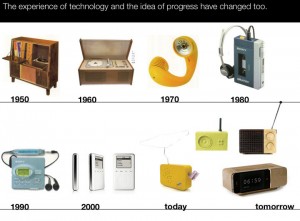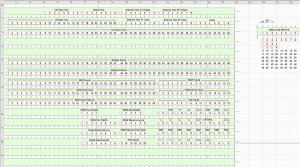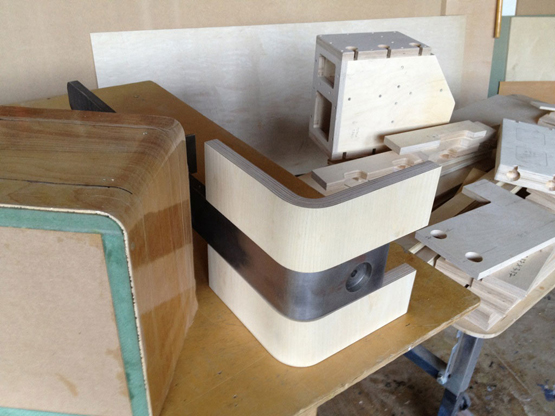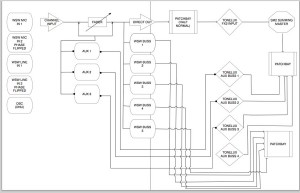To Mock the Stupendous Mechanism: The Story of The Motherbrain’s WSW Console
How producer and studio owner Brian Bender turned a time capsule into a modern-day tone machine. Click to read the first and second parts of the series.
PART 3: Console Design
So I guess I feel a little like I owe you guys an apology. If I were playing it cool and this were Masterpiece Theatre, now is when I’d act surprised that you were there. The cliché would then slide as gently into set-up banter as smoking jackets into a velveteen armchair. Since we’re all friends, I’ll instead blame the delay on the truth.
Like most of you reading this, I am actually full-time engaged in figuring out the modern landscape for freelancers while making records to keep the electrons sliding smoothly from Con Ed at my beck and call. Building this console is the fun-time side hustle. The good news is that means I’ve been lucky enough to be busy working on really amazing shit, the bad news is that this project has occasionally had to calmly play I Spy from the back seat of the van.
Today, this is article is about events that transpired almost a full year ago but there is too much good to report and, besides, we’re drawing really near to the important bit, the fact that this actually is coming together. For Reals. So, more news on the outrageous fortunes later, for now, onto the fun bit.
I’d like to take a second to give it up for Allen Farmelo here. After getting hip to his own crazy custom console, he seemed the perfect resource to rap with about the amazing satisfaction as well as the unforeseen pitfalls ahead of us. So, I found contact info on his website, reached out, and explained my crazy plan. He was super into it so we got together for coffee (Allen is also a total coffee fanatic so we hit it off on that level too). We ended up happily chatting like two nerdlingers for more than three hours over several coffees, rapping about all things aesthetic in the joys of the tactile interaction of our particular art.

A great timeline from Francois' initial proposal of technology's continual expansion in design. Note the super sweet wooden iPhone dock radio. It even includes an app to make your phone look like the bane of your high school career.
By the end, he put me in contact with Francois Chambard, the designer and maker of UM Project who built his desk. What’s more, Allen offered to be involved in an advisory capacity throughout the process! Dig. Now, I had a catalyzing coconspirator who’d already done the shit once, and his buddy, the other genius that built it.
He emailed Francois immediately and I think I had an interested response that night.
Francois is certainly a weirdo of the same cloth. Please, take a second now and check out UM Project’s new terrarium. Or Theremin. Or lamp.
But, backing up a year, our conversation began with the recent past’s vision of the far future. Francois and I found easy common ground via old school sci-fi. Logan’s Run, 2001, Dune, Blade Runner, Alphaville… so many good movies and such cool design themes.
I’m a huge sucker for Kubrik. (who isn’t?) So 2001 became the sort of jumping off point for my end of the conversation. Francois raised another excellent film for design inspiration, Gattaca, so that we weren’t just looking to recreate the past without looking forward. I’d seen the movie once when it came out but hadn’t been watching it with design antennae raised. At Francois’ mention, I rewatched it and was blown away. The design themes were at once very modern but with a very clear tether to classic mid-century modernism in a way that didn’t feel contrived or unnecessarily romantic.
A few days later, Francois sent over a brilliant proposal that included all the themes we’d discussed and a few weeks following that, he sent over the first rounds of designs…
Meanwhile, back in the tech lab here, we had started to unravel the mysteries of the pile.
As I’d mentioned in Part 2, we were lucky enough to score schematics for the bulk of the modules at play. However, as I mentioned, they were all in German. Thanks to several days of diligence in front of Google Translate, my assistant Jon Anderson decoded them into a useable form for us monolingual American public school victims.
So now we had a roadmap for how these modules were installed originally: The 811 510 kompactmodul (our main mono module) was designed as a 5 input, 5 buss out, 3 aux channel strip. The inputs are 2 at mic level, 2 at line level, and an additional input for an oscillator to balance the I/O levels. Buss 1 / 2 was originally implemented as the main master buss and has the original pan pot for the channel out to the summing buss. Busses 3, 4, and 5 were additional post fader sends to recorders, house playback, radio broadcast, etc
In our design, we’ve made several modifications to this basic infrastructure. There is no dedicated Phase invert function, so we have decided to mult each input to its partner, inverted 180 degrees. So, Mic/Line 1 will be in phase and Mic/Line 2 will see the same signal, albeit inverted. This seemed like an elegant way to achieve this incredibly crucial function in analog.
The Auxes will essentially be used as they had originally been intended, however, we are going to mate them into the busses on the Tonelux Vracks so there will be sends that are coherent across both halves of the desk for outboard verbs and delays, etc, that we want to use in realtime.
Next, in order to get the channel outputs into the Tonelux master buss without submixing the WSW side into a stereo pair, we’re using the WSW direct outs as I’d mentioned previously. This way, we get full use of all the mic pres and EQ’s as hardware inserts, or as inputs at mix, as well as 5 discrete post fader outputs which will be incredibly useful for upwards compression, desirable submixing, etc.
In order to get those direct outputs into the Tonelux mix buss with panning, we are going to set up the patchbay so that the direct outputs are normalled into FX2 Inputs that then feed the Summing Master for mixdown. Fig. 2 is the working version of what our patchbay is going to look like.

A work in progress detail of the patchbay labels to give you a better idea of the signal flow we have in mind. This are the actual labels as well, painstakingly drawn up by Mr. Anderson.
The directs are unbalanced in the original system and so we looked to transformers to get them balanced to properly interface with the rest of the room and in a way that would be close-ish to the original vibe of the desk. There are tons of great manufacturers of modern transformers but the easy first choice for us was AMI/Tab-Funkenwerk.
Oliver Archut is, in my mind, very much the torchbearer of the diaspora of classic German broadcast designs. We reached out to Oliver and Joe Hauck (VP of AMI) and they sent over the AMI t188 transformer. After hearing this first one, we didn’t need to look any further…
The Tonelux system is designed with several interior busses on the Vrack that can be configured in whatever way makes sense for your install.
In my case, I have 16 MX2 modules, as well as 4 FX2+ modules, and 2 FX2 modules. The MX2s are my main line input modules and have 4 auxes and a stereo output into the master buss. The master outs are fed into an SM2 summing master and the aux outs feed into the FX2+’s. The FX2 + modules comprise 2 line level inputs that are essentially passive attenuators with pan that feed into the master buss as well as a summing amp that grabs the desired aux buss rail (determined by an internal jumper), sums the signals, and gives you a mono output for effect sends, headphones, key/sidechain ins, whatever devious machinations you can set in motion.
They even make an out of the box solution for inserting external signals into those rails, easy peasy.
For the most part, this implementation will be coherent across all the various modules but there will be more on that next time.

You guys are going to have to figure out what this is on your own but, suffice it to say, foreshadows the attention to detail that is currently happening in Greenpoint. Photo taken July 3, 2012.
Next Up! Put that Voltage in your Cap and Smoke It.
Brian Bender has enjoyed the pleasure of running sessions at Looking Glass, The Hit Factory, Electric Lady and many more beautiful rooms in New York and beyond. His co-conspirators include names as diverse as Philip Glass, The Counting Crows, Al Green. Borusan Philarmonie and Craig Street. Recent clients include Krystle Warren and the Faculty, Sister Sparrow and the Dirty Birds, Jose James and Langhorne Slim.
Please note: When you buy products through links on this page, we may earn an affiliate commission.








